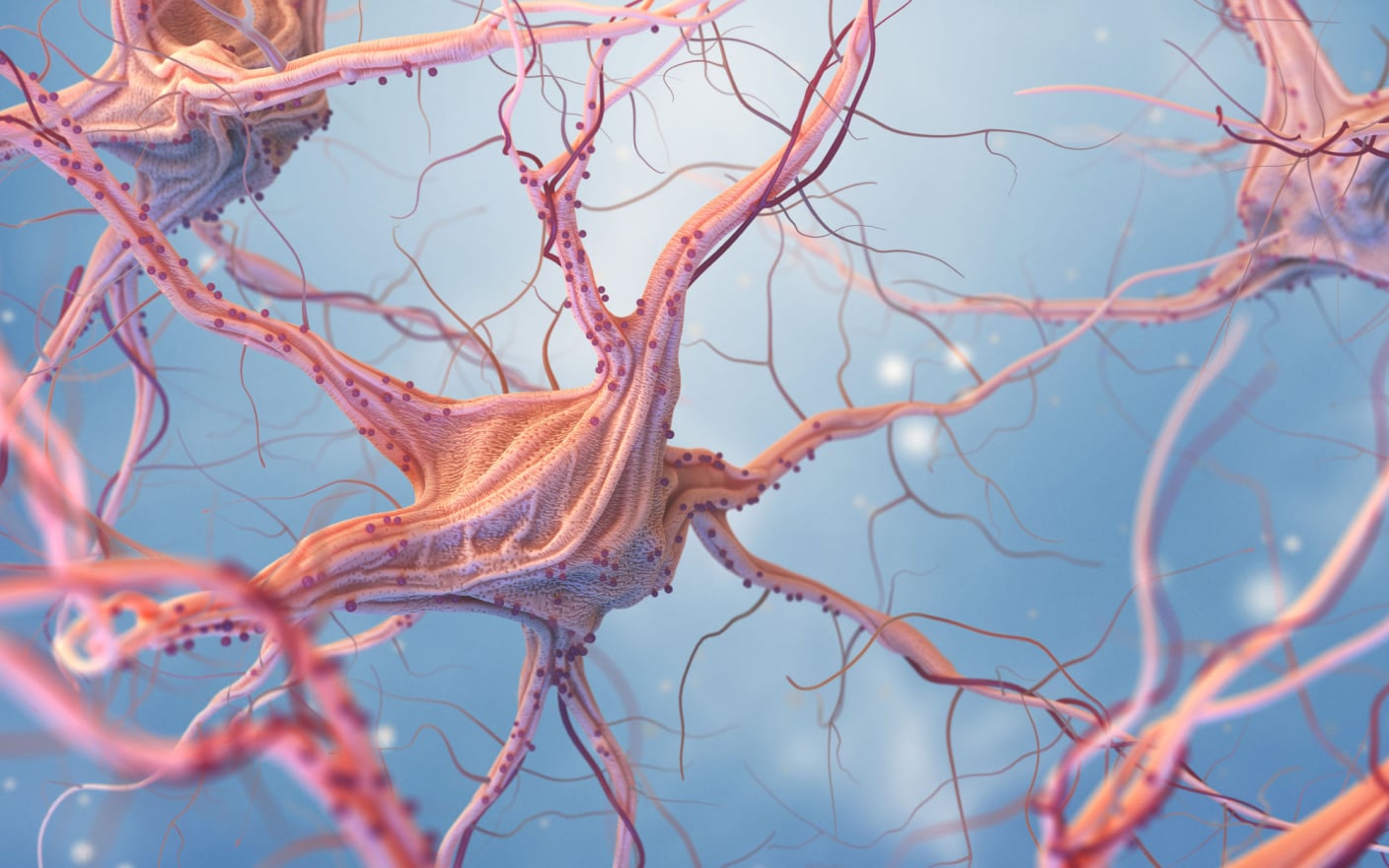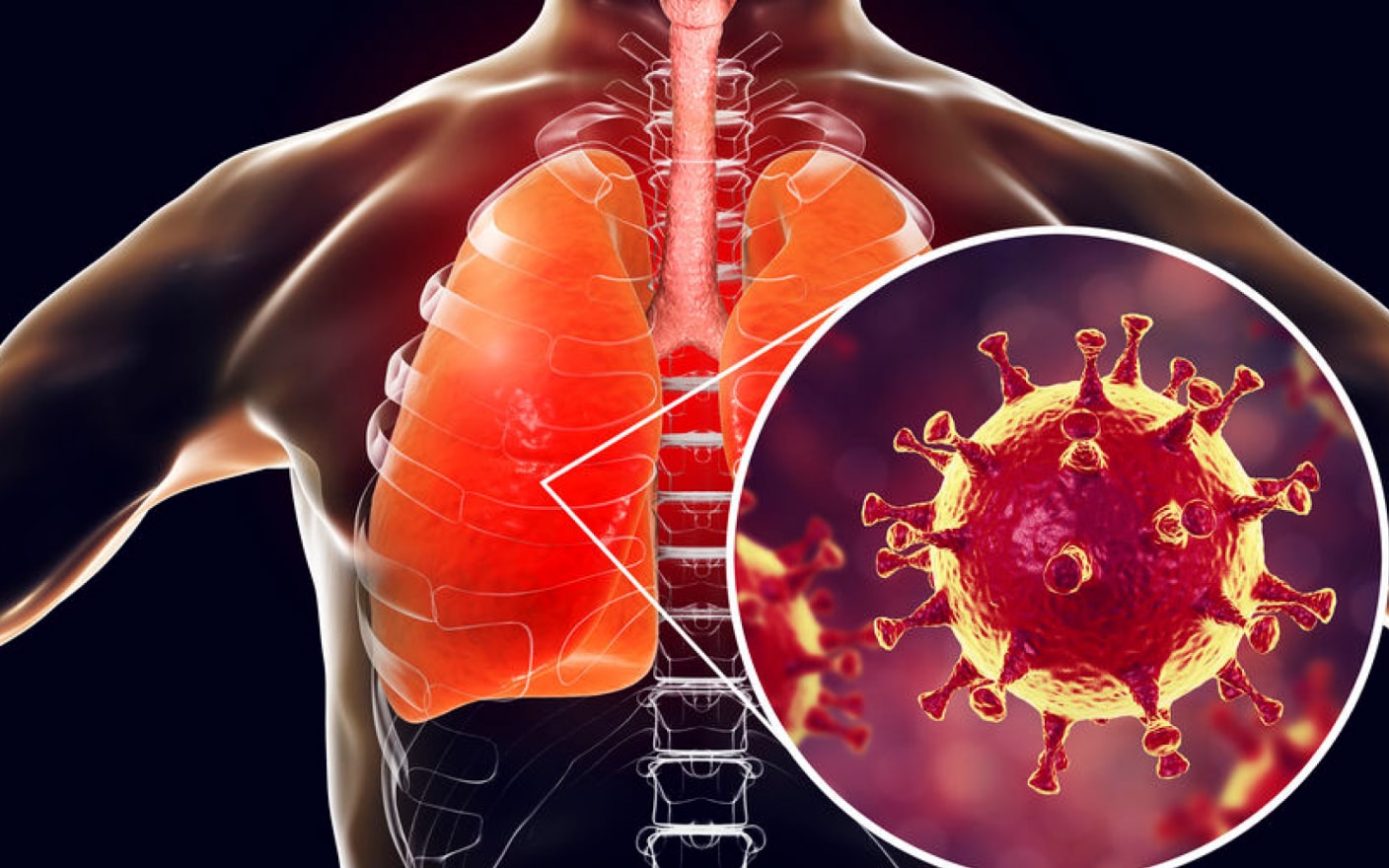◢ Curr Drug Metab. 2020;21(5):357-367. doi: 10.2174/1389200221666200514131721.
Ke Li1, Sheng Ma2,5, Liyan Miao2,5,*, Songhua Fan1, Bin Pan1, Weihan Zhang1, Weiguo Su1, Yating Xiong3, Zheming Gu3, Lian Guo4 and Yang Sai1,*
1Hutchison MediPharma Ltd., Shanghai, China; 2The First Affiliated Hospital of Soochow University, Suzhou, China; 3Jiangsu Value Pharmaceutical Services Co., Ltd., Nanjing, China; 4XBL-China, Inc., Nanjing, China; 5Institute for Interdisciplinary Drug Research and Translational Sciences, College of Pharmaceutical Sciences, Soochow University, Suzhou, China
Abstract:
Background: Surufatinib is a potent small-molecule tyrosine kinase inhibitor and exhibited significant efficacy in the treatment of neuroendocrine tumors in clinical trials.
Objective: The absorption, metabolism and excretion of surufatinib were investigated in rats and human volunteers following a single oral dose of [14C] surufatinib.
Methods: The radioactivity was measured in plasma, urine, feces and bile by liquid scintillation counting, and the metabolites were characterized by liquid chromatography coupled to mass spectrometry.
Results: Surufatinib was orally absorbed similarly in rats and human volunteers, with the median Tmax of 4 hours post-dose. The estimated t1/2 appeared longer in humans than in rats (mean t1/2: 3.12 hour for male rats, 6.48 hours for female rats and 23.3 hours for male human volunteers). The excretion of surufatinib was almost complete in rats and human volunteers in the studies, with the total radioactivity recovery of >90% of the dose. Similarly, in rats and humans, fecal excretion predominated (approximately 87% of the dose recovered in feces and only 5% in urine). The parent drug was the major radioactive component detected in the plasma extracts of rats and humans, and no single circulating metabolite accounted for >10% of the total radioactivity. Unchanged drug was a minor radioactive component in the excreta of rats and humans.
Conclusion: Fecal excretion was the predominant way for the elimination of surufatinib and its metabolites in rats and humans. No disproportionate circulating metabolite was observed in humans.
Keywords:
Anticancer drug, pharmacokinetics, absorption, excretion, metabolism, surufatinib.
Related Services and Platforms




-

 Radiolabeled In Vivo ADME StudyLearn More
Radiolabeled In Vivo ADME StudyLearn More -

 Radiolabeled MetID (Metabolite Profiling and Identification)Learn More
Radiolabeled MetID (Metabolite Profiling and Identification)Learn More -

 Radiolabeled Non-Clinical In Vivo ADME StudyLearn More
Radiolabeled Non-Clinical In Vivo ADME StudyLearn More -

 Quantitative Whole-body Autoradiography (QWBA)Learn More
Quantitative Whole-body Autoradiography (QWBA)Learn More -

 Human Radiolabeled Mass Balance StudyLearn More
Human Radiolabeled Mass Balance StudyLearn More -

 Radiolabeled Compound SynthesisLearn More
Radiolabeled Compound SynthesisLearn More
Stay Connected
Keep up with the latest news and insights.









